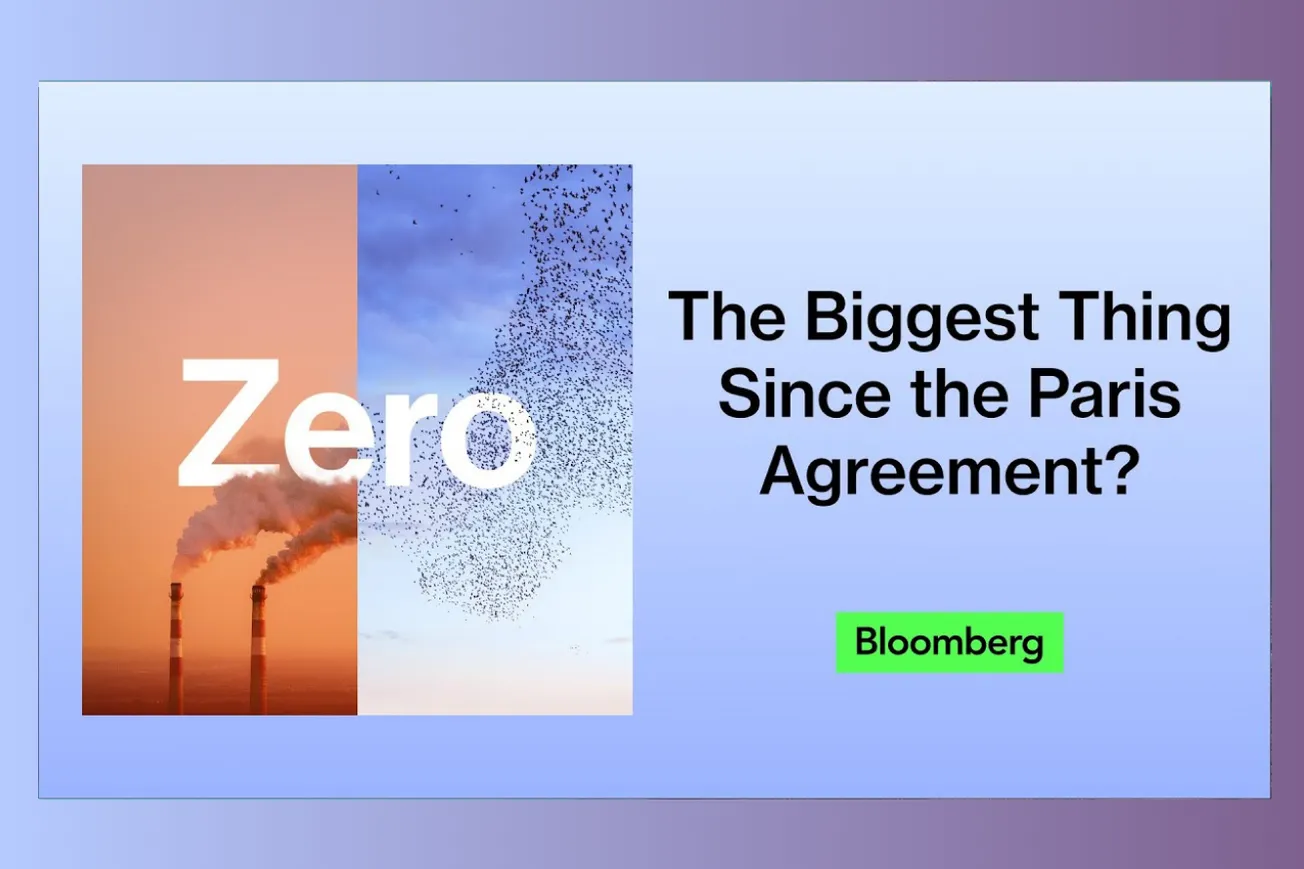Table of Contents
Anthropic has quietly launched "Claude Explains," a groundbreaking blog where their AI model generates content under careful human editorial supervision, marking a significant step forward in collaborative AI-human content creation.
Key Takeaways
- Anthropic launched the Claude Explains blog in late May 2025, featuring AI-generated content with human oversight
- The blog showcases Claude's writing abilities on technical topics related to various AI use cases
- Human experts and editorial teams enhance Claude's drafts with insights, examples, and contextual knowledge
- The initiative demonstrates AI-human collaboration rather than AI replacement of human expertise
- Anthropic plans to expand coverage to creative writing, data analysis, and business strategy topics
- The company continues hiring in marketing and editorial roles despite leveraging AI for content creation
- This move follows similar AI content initiatives by OpenAI, Meta, and various publishers
The Quiet Launch of Claude Explains
Last week, Anthropic made a subtle but significant move in the AI content landscape. The company quietly launched Claude Explains, a new dedicated section on their website that represents a fascinating experiment in AI-generated content creation. Unlike the flashy product announcements we've grown accustomed to in the tech world, this blog appeared with minimal fanfare, populated by posts on technical topics like "Simplify complex codebases with Claude."
The blog's homepage greets visitors with an intriguing tagline: "Welcome to the small corner of the Anthropic universe where Claude is writing on every topic under the sun." This description might initially suggest that Claude, Anthropic's AI model family, is single-handedly crafting every word. However, the reality reveals a more nuanced approach to AI content creation that could reshape how we think about human-AI collaboration in publishing.
The Editorial Process Behind the Curtain
What makes Claude Explains particularly interesting isn't just that an AI is writing blog posts—it's how human expertise remains central to the entire process. According to Anthropic spokespersons, the blog operates through a collaborative framework where Claude generates initial educational content, but human subject matter experts and editorial teams step in to review, refine, and enhance every piece.
"This isn't just vanilla Claude output—the editorial process requires human expertise and goes through iterations," an Anthropic spokesperson explained. The company's approach involves enhancing Claude's drafts with practical examples, contextual knowledge, and insights that only human experts can provide.
This iterative process addresses one of the most pressing concerns about AI-generated content: accuracy and reliability. While AI can process vast amounts of information quickly, human oversight ensures that the final product meets professional standards and provides genuine value to readers.
Industry Context and Competitive Landscape
Anthropic's venture into AI-generated blogging doesn't exist in a vacuum. The move comes just months after OpenAI announced a model specifically tailored for creative writing, signaling a broader industry shift toward AI-assisted content creation. Meta's Mark Zuckerberg has expressed ambitions to develop comprehensive AI advertising tools, while OpenAI CEO Sam Altman has boldly predicted that AI could eventually handle "95% of what marketers use agencies, strategists, and creative professionals for today."
The publishing industry has been particularly active in experimenting with AI tools. Several publishers have tested AI newswriting capabilities to boost productivity and, in some cases, reduce hiring needs. Gannett has implemented AI-generated sports recaps, Bloomberg introduced AI-generated article summaries, and Business Insider has encouraged writers to use assistive AI tools.
However, these experiments haven't been without challenges. Many attempts have been marred by AI systems confidently generating inaccurate information. Business Insider faced embarrassment after recommending potentially AI-generated books that may not exist, Bloomberg has had to correct numerous AI-generated summaries, and G/O Media received criticism for AI-written features published against editors' wishes.
The Philosophy of Augmentation Over Replacement
What sets Anthropic's approach apart is its explicit philosophy that AI should amplify human expertise rather than replace it entirely. "Claude Explains is an early example of how teams can use AI to augment their work and provide greater value to their users," the company stated. "Rather than replacing human expertise, we're showing how AI can amplify what subject matter experts can accomplish."
This perspective is reflected in Anthropic's continued hiring practices. Despite launching an AI-powered blog, the company continues to recruit for marketing, content, editorial, and other writing-related positions. This suggests a commitment to maintaining human talent alongside AI capabilities, rather than viewing them as mutually exclusive.
The collaborative model extends beyond just content creation. Anthropic views Claude Explains as a demonstration of how human expertise and AI capabilities can work together effectively, starting with educational resources but with plans to expand into creative writing, data analysis, and business strategy topics.
Future Implications and Expansion Plans
Looking ahead, Anthropic has ambitious plans for Claude Explains. The company intends to cover topics ranging from creative writing to data analysis and business strategy, potentially showcasing Claude's versatility across different content domains. This expansion could provide valuable insights into how AI models perform in various writing contexts and how human oversight needs to adapt accordingly.
The success or failure of Claude Explains could influence how other AI companies approach content creation. If Anthropic's hybrid model proves effective at producing high-quality, accurate content while maintaining editorial standards, it could become a template for responsible AI content generation across the industry.
Claude Explains represents more than just another corporate blog—it's a real-world laboratory for testing the boundaries of AI-human collaboration in content creation. As AI technology continues advancing, initiatives like this will help define the future relationship between artificial intelligence and human creativity in publishing and beyond.








